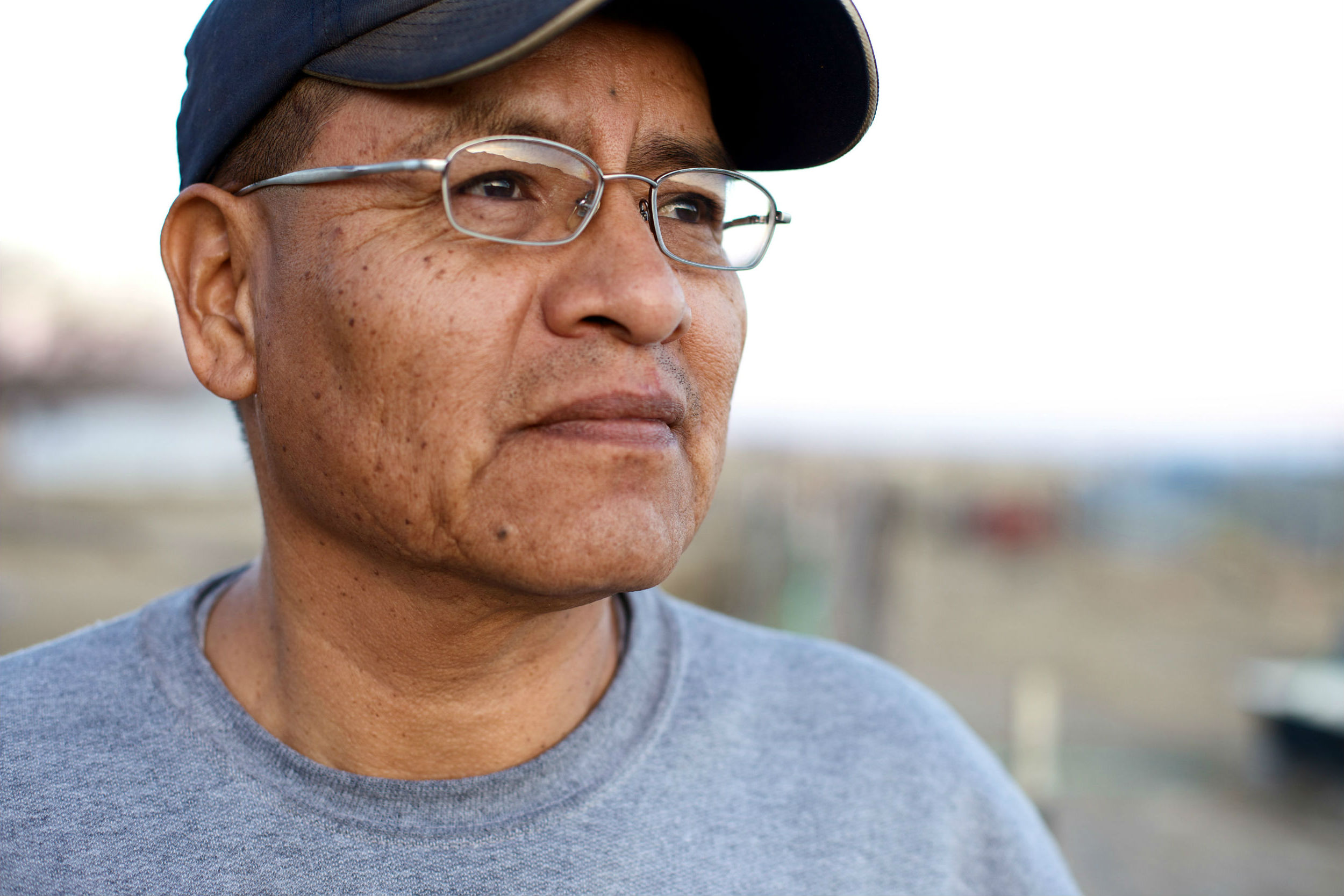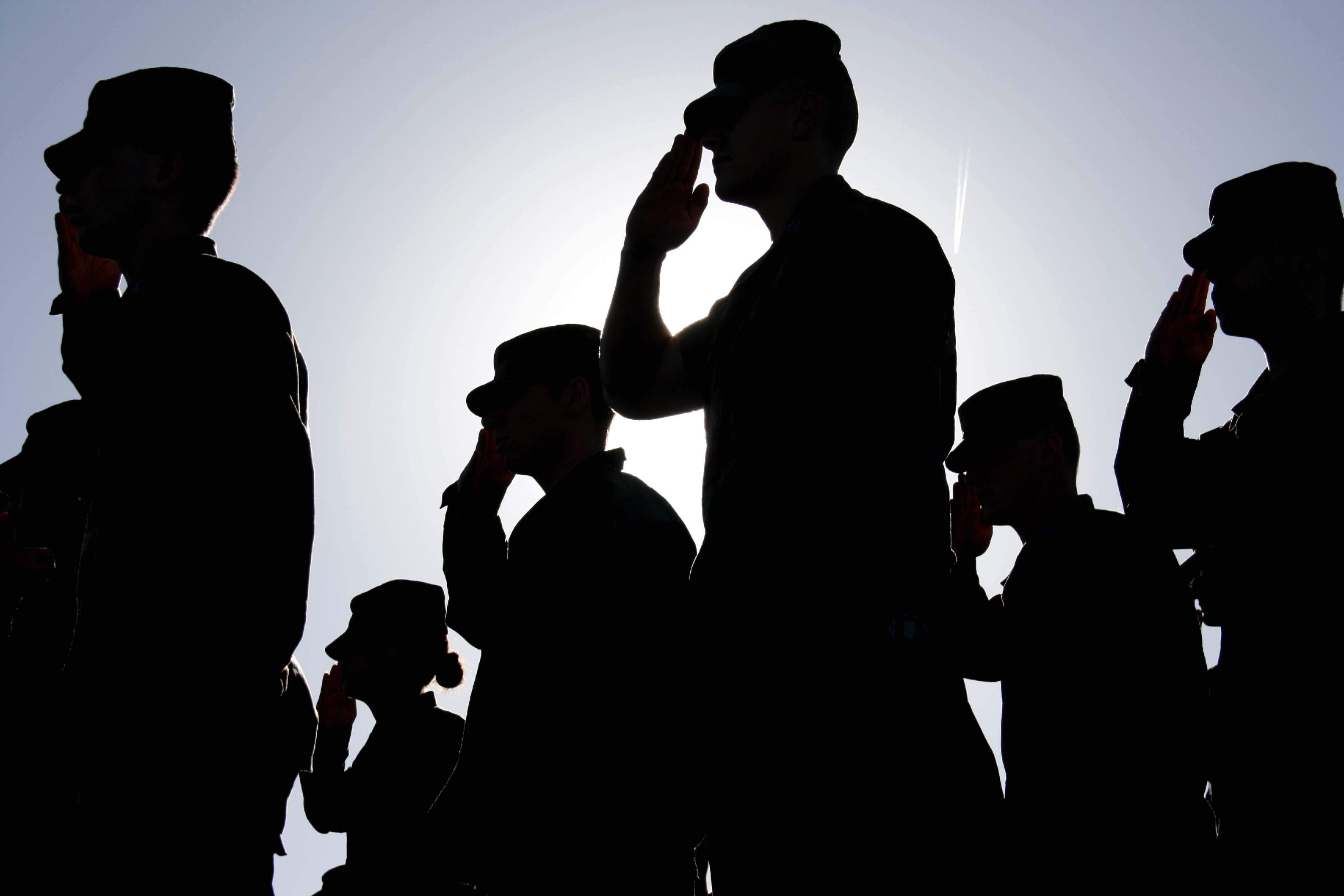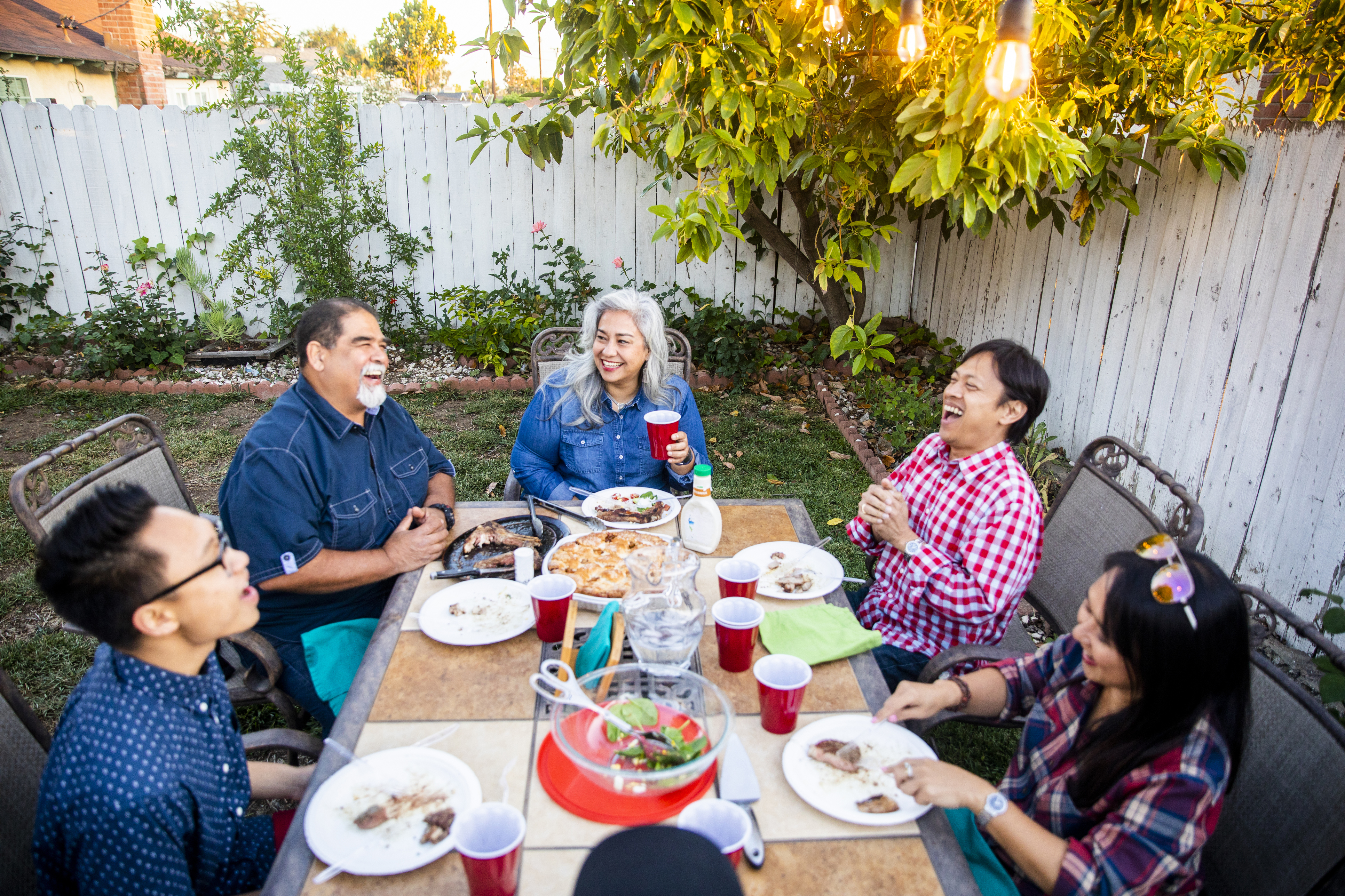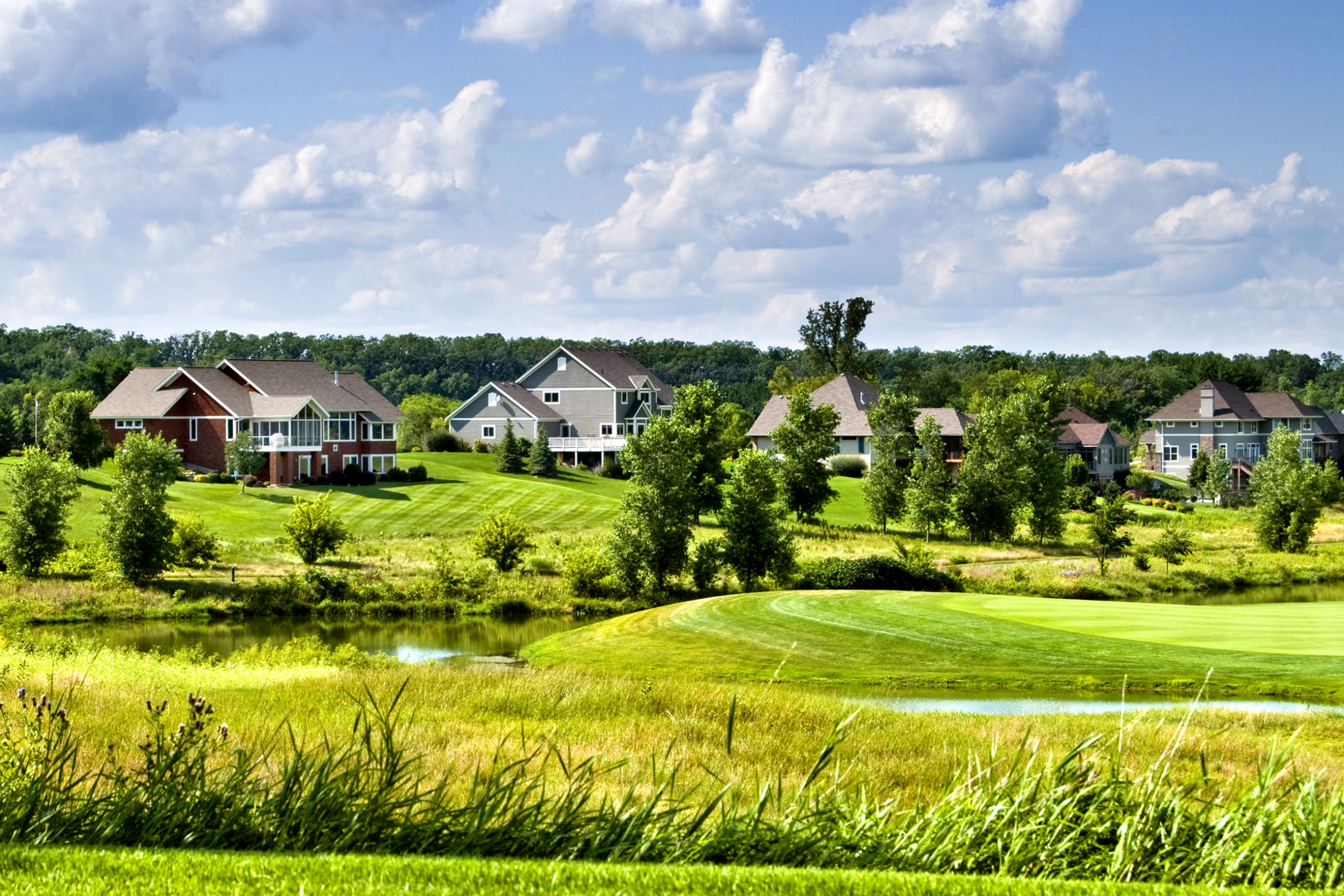Community Snapshot
Fairly rural and scattered around the country, these 396 counties are full of retirees and those nearing retirement age.
Graying America is home to more than 16.1 million people. These counties are not very diverse; 85% of the population is white. Educational attainment is slightly below average here, with 28% of the population holding a bachelor’s degree. The broadband access rate is 82%, compared with 87% nationally. Healthcare is harder to come by in these areas, with an additional 366 people per primary care physician than the national average. Additionally, injury deaths are particularly high here, 101 compared to the national average of 76 deaths due to injury per 100,000 people. Voter turnout stands at 73%, which is 5 points above the national average.









